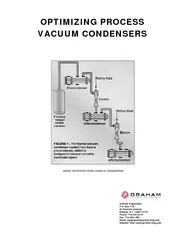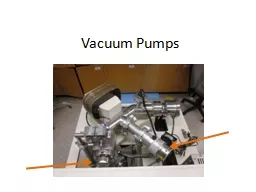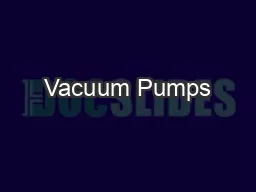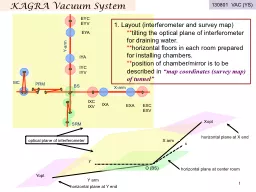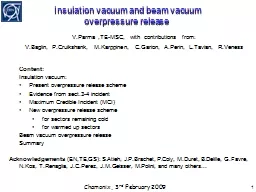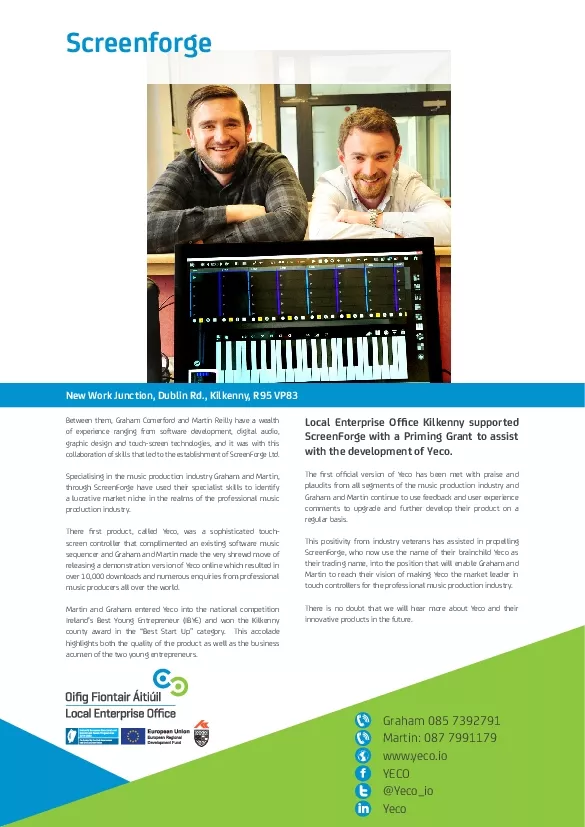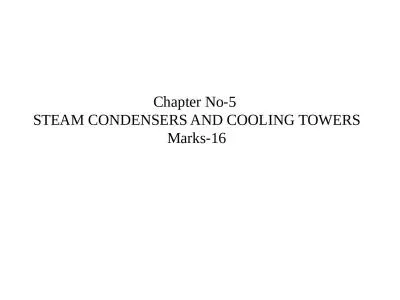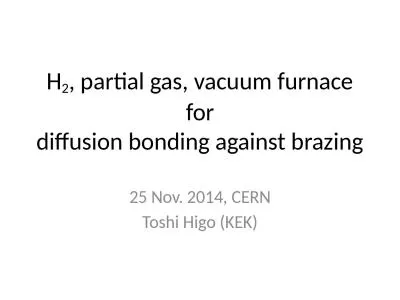PDF-OPTIMIZING PROCESS VACUUM CONDENSERS Graham Corporatio
Author : marina-yarberry | Published Date : 2015-05-19
O Box 719 20 Florence Avenue Batavia NY 140210719 Phone 7163432216 Fax 716343l 097 Email equipmentgrahammfgcom Website httpwwwgrahammfgcom INSIDE REPRINTED FROM
Presentation Embed Code
Download Presentation
Download Presentation The PPT/PDF document "OPTIMIZING PROCESS VACUUM CONDENSERS Gra..." is the property of its rightful owner. Permission is granted to download and print the materials on this website for personal, non-commercial use only, and to display it on your personal computer provided you do not modify the materials and that you retain all copyright notices contained in the materials. By downloading content from our website, you accept the terms of this agreement.
OPTIMIZING PROCESS VACUUM CONDENSERS Graham Corporatio: Transcript
Download Rules Of Document
"OPTIMIZING PROCESS VACUUM CONDENSERS Graham Corporatio"The content belongs to its owner. You may download and print it for personal use, without modification, and keep all copyright notices. By downloading, you agree to these terms.
Related Documents

